A wicked tale of unrequited love, sex, magic, revenge, and the tragedy of youth, “Tamara” is an unsung 2000s horror about seeing red.
Tamara (2005) is a movie I remember vividly on the racks at Hastings. I was about 11 or 12 and very interested in horror, but my parents didn’t let me watch it.
The reason these covers were so fascinating, I think, is because horror is a landscape for the imagination. Every kid loves fairytales; the more gruesome, the better. Horror is an extension of that imaginative playground. Literally, anything could happen and does.
The cover doesn’t reveal that this is a tale about twisted love, witchcraft, or body horror. However, this fun early-aughts horror flick has all of these elements.
I was drawn to the girl in red, holding an axe and crying blood. Something horrible had happened, and she was going to make someone pay for it. The devil had come in the shape of a young woman.
Movie Summary (Spoilers!)
Tamara Riley (Jenna Dewan), a social misfit and practicing witch, is in love with her English teacher, Mr. Natolly. Being a non-sleazebag, he has no idea until she tries to kiss him after praising her editorial on steroid use in the school paper.
Two popular boys, Shawn (currently using steroids) and Patrick, are pissed at her for writing it because it jeopardizes their professional careers. Kisha, a rude, popular girl dating jock-boy Shawn, sees Tamara make a move on Mr. Natolly, and a plan is formulated: lure Tamara to a motel pretending it’s her teacher and film her embarrassment.
Tragically, Tamara is accidentally killed when she hits her head on a table corner, and the group (plus a few outliers thinking it was a regular party) covers up her death in panic. On Monday, she’s back, she’s beautiful, and she’s pissed.
Tamara’s real goal is Mr. Natolly’s love, but she exacts her revenge on those who killed her along the way.
Duality & Tamara-as-Temptress
Early on, Mr. Natolly talks about duality within humanity in class; we’re all capable of both good and evil. The question becomes, how far can one person be pushed?
By day, Tamara is a mousy nobody. By night, she is a witch who binds herself to the one man who’s kind to her: her English teacher.
Tamara’s duality is also seen in her transformation via death — she is now ruthless, seductive, and always dressed in devil red. I love her aesthetic with her pointy witch shoes, and she’s the only character to wear red, which could symbolize love, passion, or anger (possibly all three).
In her own fantasies, Tamara is wearing pink, not red. Red only comes after her death and subsequent resurrection. She’s also neither fully dead nor completely alive, so Tamara occupies a liminal state of being.
She represents youth, beauty, and fertility against Mr. Natolly’s wife, who cannot conceive, which Tamara cruelly points out.
However, keep in mind the fact that Tamara is in her teens in the storyline, so her sexualization is uncomfortable at the very least. It does seem like she’s the one sexualizing herself to attain what she thinks Mr. Natolly wants, but even the possibility of him ever being attracted to her makes me cringe. She’s a kid.
Mr. Natolly represents Tamara’s conscience (or perhaps conscience in general), acting purely out of the goodness of his heart throughout the movie, culminating in his suicide to save his wife from Tamara.
Though Tamara is the focal point, she’s also barely in the movie. I would’ve liked to see her more, carrying out dastardly deeds in the name of her suffering and forbidden love.
Their Reckoning
Tamara is out for blood and pulling out all the punches, including ones below the belt. We see her make her father pay for his weird incestual desire towards her. She makes him eat glass since his alcoholism also drives her mother away.
Patrick is a habitual rapist, drugging young women. He and his buddy, Shawn, have their reputations destroyed by having sex with each other — a very homophobic punishment. Horror, at this point in time, wasn’t understanding of its own harmful biases yet or why a scene like this was a huge problem.
Kisha tries to stop this, but Tamara turns her “greatest sins” psychic power on her to see she has an eating disorder, bulimia, which causes her to binge and purge until she passes out. It’s not okay how Tamara uses people’s pain against them, especially with Kisha and Roger.
Roger has a history of self-harm, which she ridicules and makes him “finish” his suicide attempts on air in front of everyone. Roger was the happiest to see her okay and genuinely apologized for the part he played. He got arguably the harshest punishment when he, like Chloe and Jesse, was lured to that ‘party’ under false pretenses.
So we have this dichotomy of the good-for-her movement in horror versus the bullied-becomes-bully pipeline.
Power can make bullies of us all and turn us into what we’re not, the film seems to say. On the other hand, what happened to her was a tragic and horrifying ordeal, so she is their reckoning. They got what they deserved, though execution was deeply problematic.
The Body as Destruction
This movie has great body horror moments but doesn’t center around it. The body is used as a site of destruction because some people’s greatest sins are against themselves, especially during the tumultuous teenage years.
We have Roger sawing off literal body parts — his eyes, ears, and tongue — in the form of see no evil, hear no evil, speak no evil. We have Kisha nearly eating herself to death/forcibly vomiting in a sickening sequence because of her bulimia. Her nails also became shudder-inducing due to her biting them uncontrollably.
Tamara’s body experiences rapid decomposition as she understands that magic has made her evil.
The body becomes the prison as Tamara wreaks magical havoc on everyone, usually centering on dismantling their body because Tamara’s body was her prison when she was buried. This includes Mr. Natolly because it is his body that is bound to Tamara instead of his heart.
With his suicide, dragging Tamara down with him, Mrs. Natolly is protected. The love spell did and didn’t work: his life is bound to Tamara’s, but not his heart, which resides with his wife.
Sacrifice & Consent
Though an interesting character, Tamara’s motivations are juvenile. She may have died for Mr. Natolly, but that doesn’t mean she’s entitled to him. He loves his wife; furthermore, love spells have a serious lack of consent. Tricking someone via magic is never the way to someone’s heart, especially if they are in love with someone else.
In Tamara’s defense, she is a teenager. Her brain isn’t done developing yet. This doesn’t excuse her behavior or the cringe-y seduction dialogue, but it does explain her deeply selfish mindset.
Once prey, Tamara’s resurrection makes her a predator in a healthy, loving relationship. This makes Mr. Natolly’s sacrifice for his wife’s safety mirror Tamara’s but also eclipses it because he’s acting out of unselfish love. All Tamara does is make mind slaves out of people, robbing them of their free will.
I love TAMARA because it’s 2000s horror, which has its own distinct feeling, but it does feature problematic content.
It’s a tragic story about a girl without comfort in the world, misconstruing a teacher’s praise for attraction simply because he was a decent human to her. She turns to magic, which makes her pay a hefty price, and she doesn’t get what she wants anyway.
I hate that the world is filled with Tamaras; everybody needs love. Not everyone understands the occult or their own sacrifice in search of power. This isn’t to say that all magic is evil, but anything not fully understood is dangerous if you don’t know what you’re doing.
I feel sorry for Tamara and hope there’s comfort for her character in the afterlife, though sadly, there is no sequel.



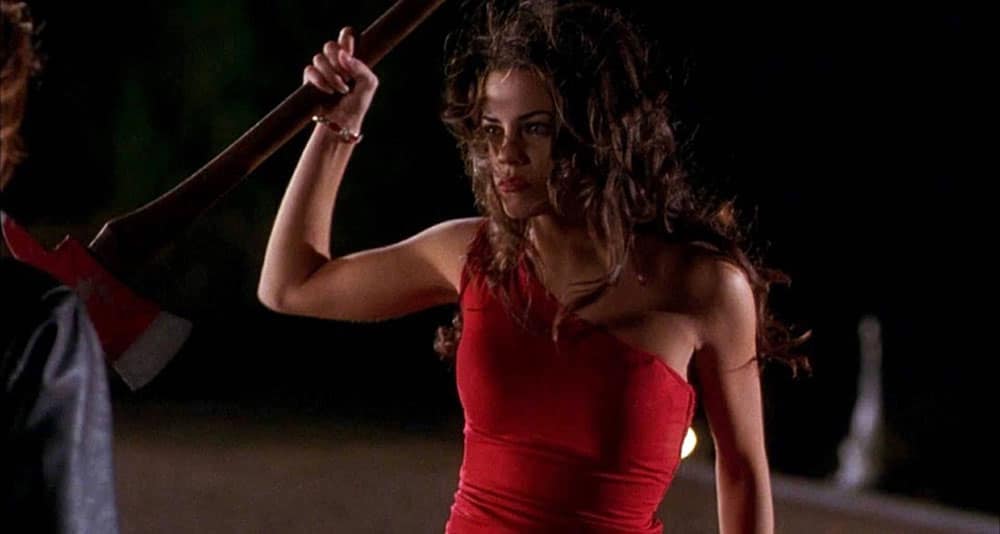

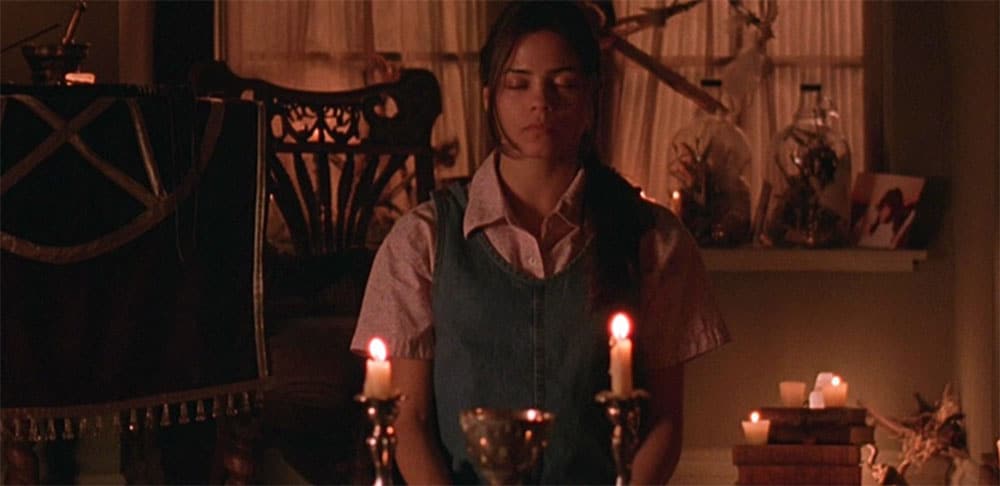
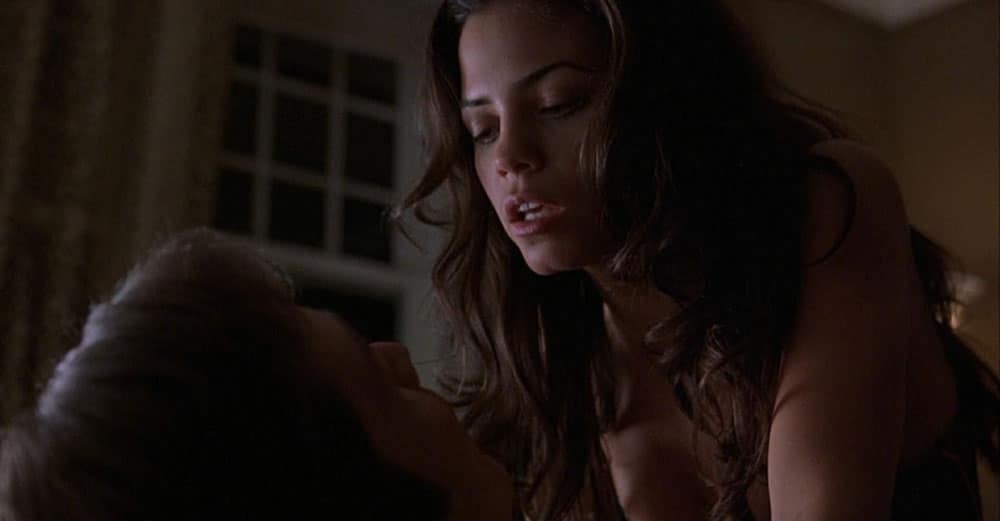
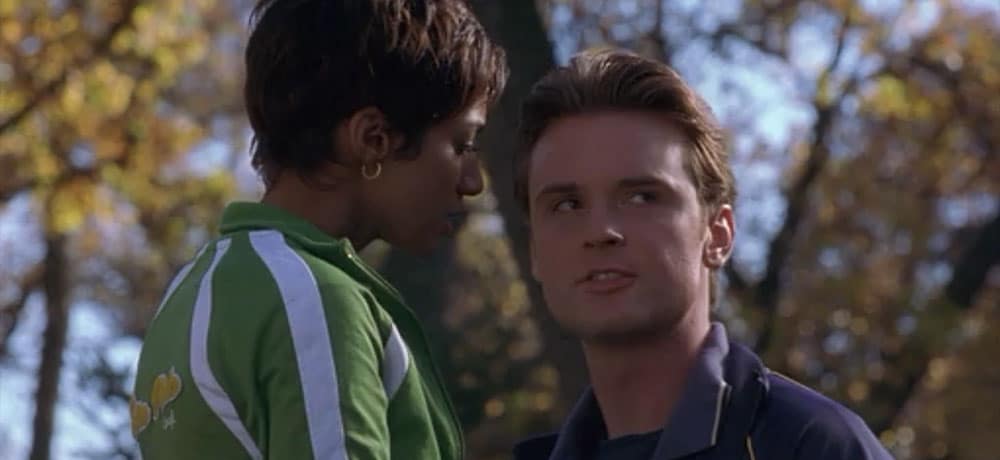
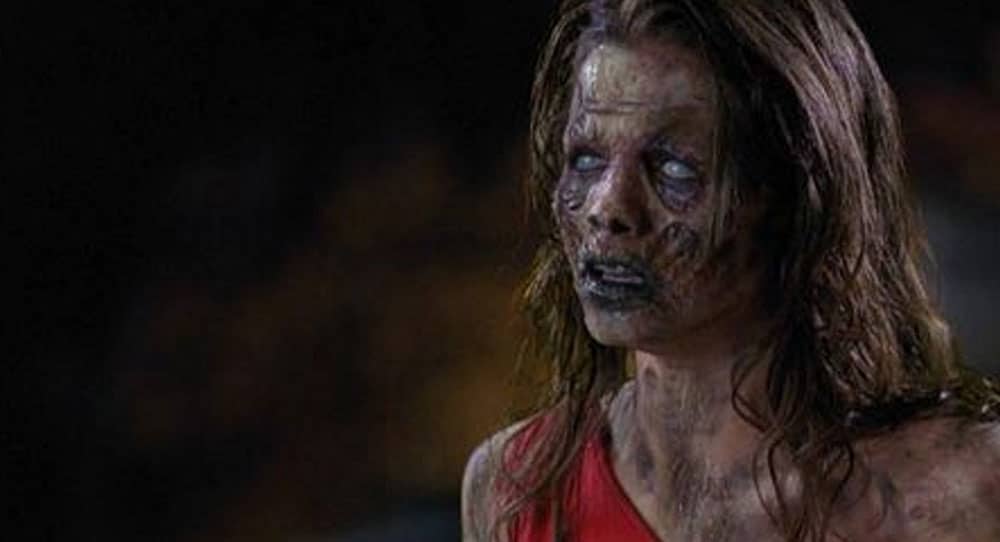
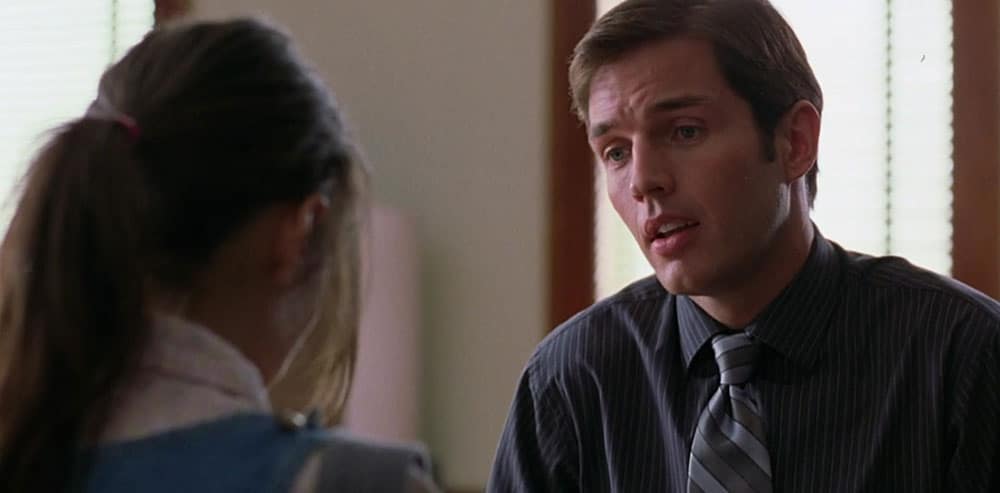
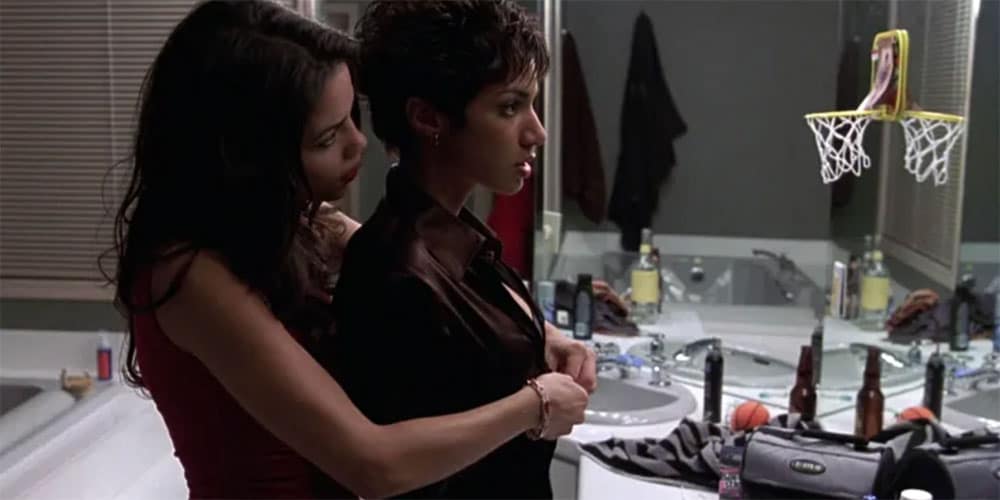











Follow Us!